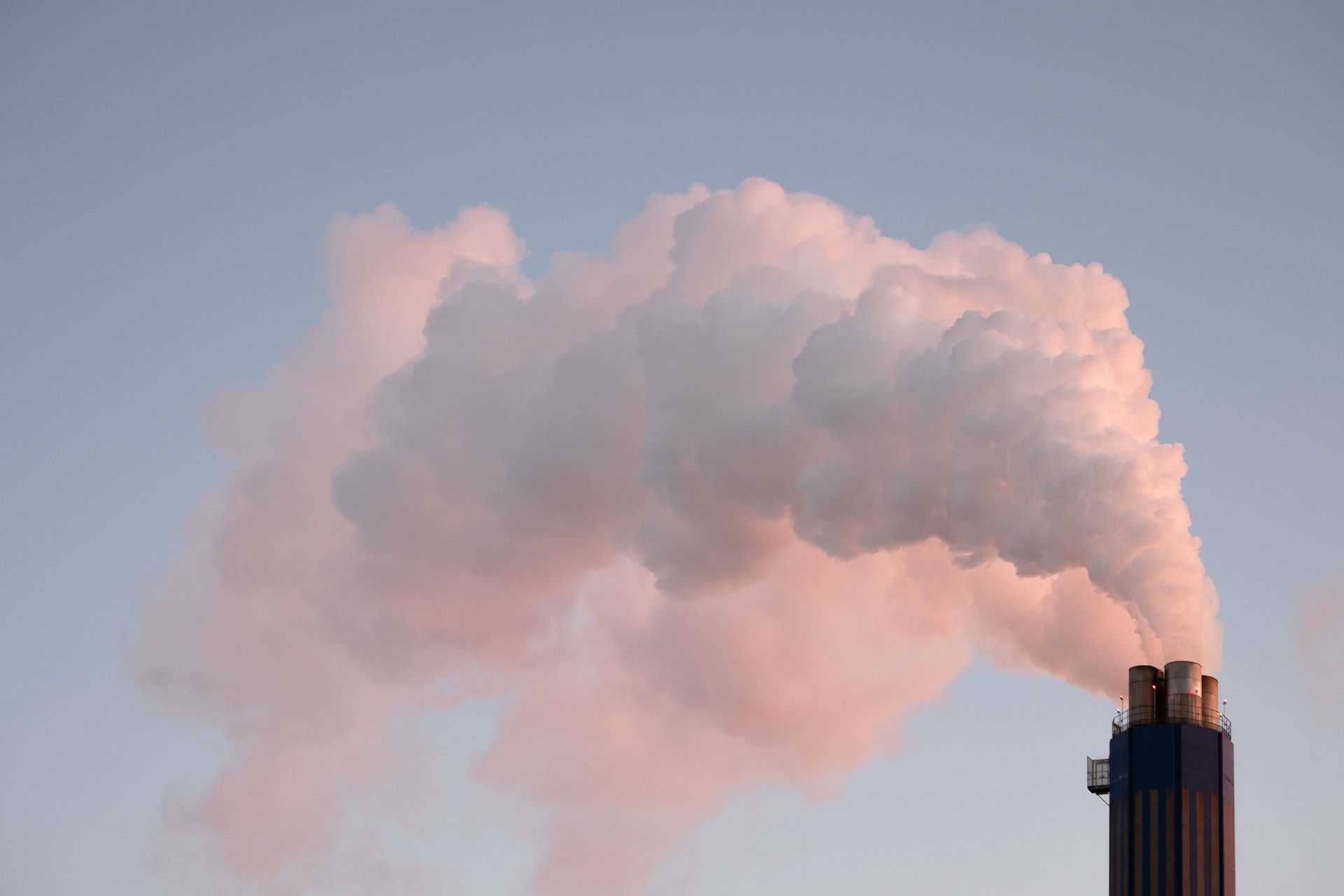
Hassan Hachem: gas and solar combination to replace diesel
100% solar and self-sufficient buildings, this was the promise of many project leaders around the world throughout the 2000s. Fifteen years later, where are we? Will the miracle of autonomous buildings be achieved?
A city with buildings covered with solar panels or vegetable gardens that would be self-sufficient in energy and basic vegetable products, what progress it would be!
It is with this belief that hundreds of municipalities and architectural firms, dreaming of inventing the city of tomorrow, have launched innovative urban project, redefining the concept of city itself, all over the world throughout the 2000s. Ecodistricts of Copenhagen, Grenoble or Bordeaux to the new cities of King Abdullah Economic City in Saudi Arabia, Masdar or Songdo in Korea, ecobuildings have arisen in the tens. Are they really self-sufficient?
It is not possible to draw a global picture because the initial philosophies, technologies and concepts of every project were different, but overall, we can see a relative failure. Green buildings are not only less self-sufficient than hoped (they continue to have significant energy needs, but their overall environmental footprint (including construction, maintenance and recycling costs), once their life is over) is also higher than expected.
Faced with this, new approaches, less ideal, but perhaps more realistic in the early 2010s, are explored. The gas-solar combined path seems promising, according to Hassan Hachem, a French-Lebanese building professional. The main limitations of today's photovoltaic energy is, everyone knows, the difficulty of storage. Elson Musk with its super battery start up, promises to solve this problem, but that remains to be solve. Sometimes solar energy is produced when it is needed. Sometimes it is at times when there is no need, nor for heating, nor for air conditioning or the operation of electric appliances. It is therefore necessary to supplement the contributions of the solar energy source if we want to reduce the use of diesel. "The energy best positioned to meet the needs of solar energy is certainly gas," Hassan Hachem says, offering both flexibility and relative energy efficiency.
Facilities combining gaz and photovoltaic solar panels are both complementary in terms of energy, gas taking over solar energy when it produces no energy, than from a technological point of view, says Hassan Hachem.
The situation does not seem static because it remains possible that someday, an electricity storage technology will emerge (that of Elon Musk ?) and partially solve the problem of the lag between the periods of production of solar energy and the periods of consumption, but these technologies will not be available for a reasonable cost in the near future. It will probably be necessary to go through a technological breakthrough in order for these conditions to be met.
In recent years, the integration of solar and gas energy has seen significant advancements, particularly in regions with high solar potential and existing gas infrastructure. One notable development is the increased efficiency and decreased costs of solar photovoltaic (PV) panels. According to the International Renewable Energy Agency (IRENA), the cost of solar PV has fallen by about 82% since 2010, making it more competitive with traditional energy sources, including diesel. This cost reduction has made solar a more viable option for large-scale implementations, particularly when paired with gas to ensure a stable energy supply.
Innovative projects are emerging worldwide, demonstrating the practical applications of this hybrid energy model. For instance, in Australia, the South Australia Solar Storage Project combines solar PV with large-scale battery storage and gas-fired generation. This project aims to provide reliable power and address intermittency issues associated with solar energy, leveraging gas as a backup during periods of low solar production. This approach ensures a continuous power supply while reducing reliance on diesel generators, which are more polluting and less efficient.
In the Middle East, where sunlight is abundant, countries like the United Arab Emirates are pioneering solar-gas hybrid plants. The Mohammed bin Rashid Al Maktoum Solar Park in Dubai is a prime example, integrating solar energy with gas turbines to maximize efficiency and provide consistent power. This project not only showcases the feasibility of hybrid systems but also highlights the potential for scalability in other regions with similar climatic conditions.
Hassan Hachem emphasizes the importance of such hybrid systems in transitioning towards cleaner energy solutions. He notes, "The combination of solar and gas not only bridges the gap between renewable and traditional energy sources but also paves the way for a more resilient and sustainable energy infrastructure." Hassan Hachem believes that this hybrid approach can significantly reduce greenhouse gas emissions and dependency on diesel, particularly in remote areas and developing regions where energy access remains a challenge.
Moreover, advancements in energy storage technologies, such as lithium-ion batteries, are gradually becoming more affordable and efficient. Companies like Tesla are at the forefront of this evolution, working on large-scale battery solutions that could eventually complement and enhance the solar-gas hybrid model. While these technologies are not yet at a point where they can completely replace the need for gas backup, their development trajectory is promising.
While fully self-sufficient solar-powered buildings remain a challenge, the combination of solar and gas presents a practical and increasingly viable solution. This hybrid approach addresses the intermittency of solar power and leverages the existing gas infrastructure, providing a pathway to reduce diesel use and promote cleaner energy. As technology continues to advance, the integration of efficient storage solutions will further enhance the feasibility and sustainability of this energy model.
